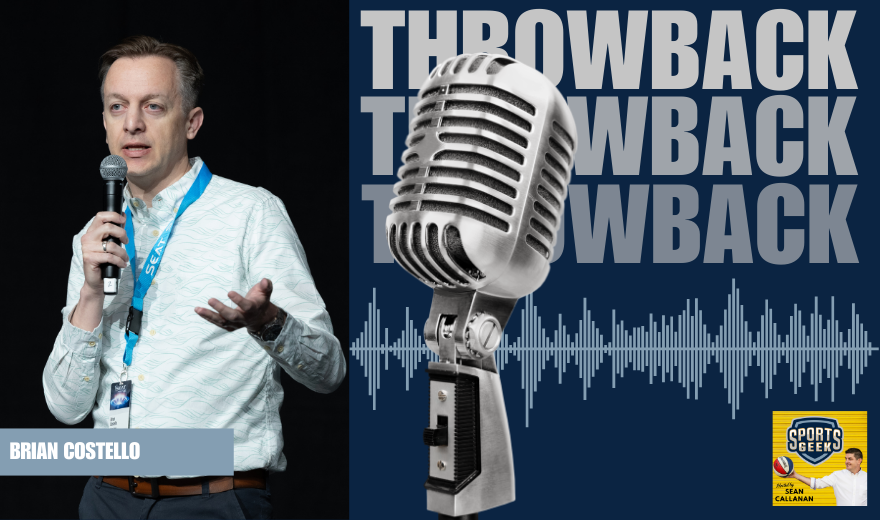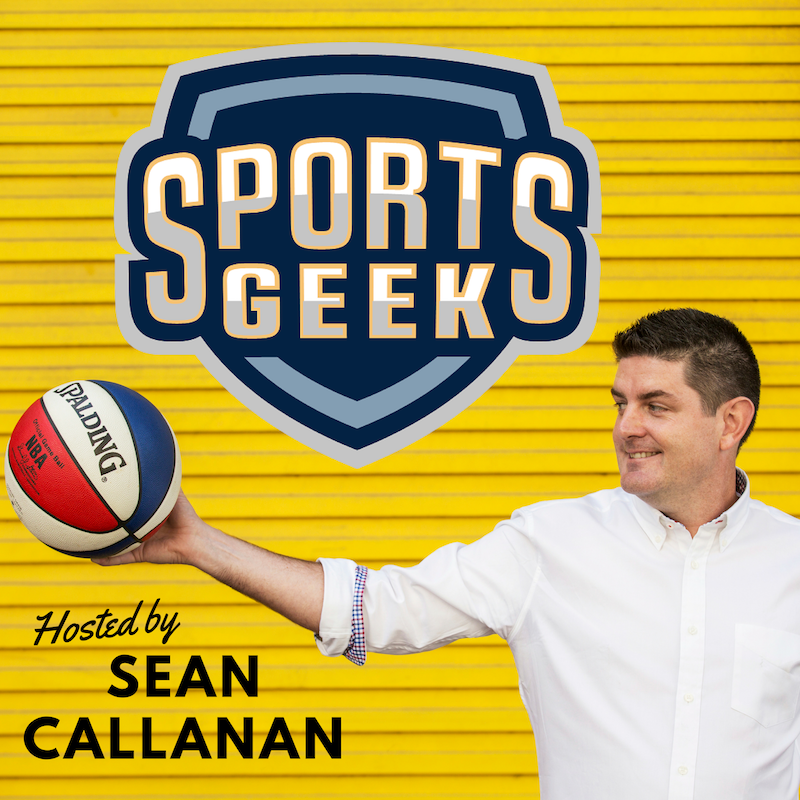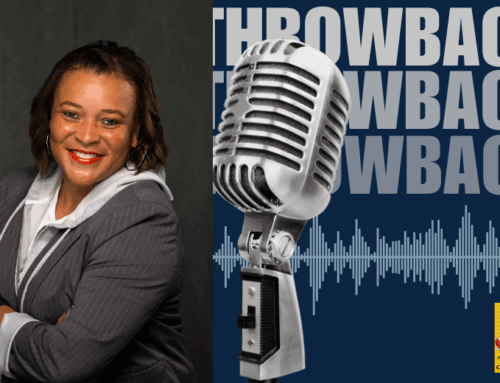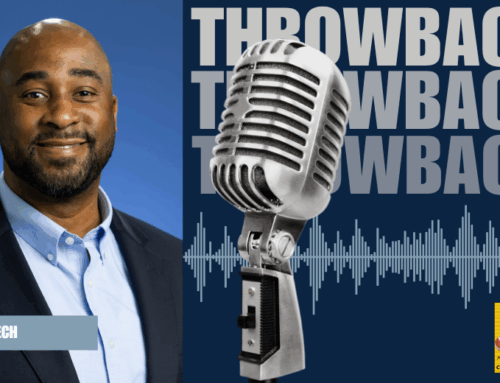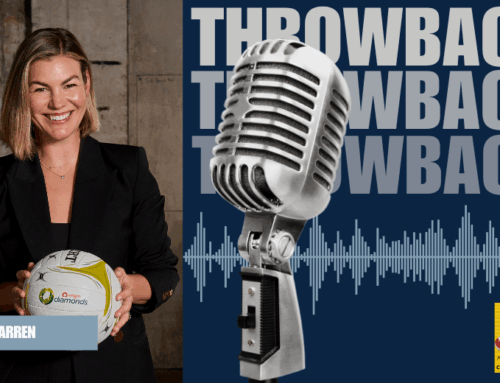This transcript has been lightly edited by AI
Sean: And the thing is, I guess, the way that you go about telling stories… again even if we went back to 2010 in the platforms that were available to now, we've seen a renaissance of long form, things like media and now allowing people to write longer form Grantland.com and things like that where people want to consume long form written stuff. But then we have also got this visual story telling in the fact that video is just completely blowing up over the last two to three years where more and more teams are providing these killer stories behind the scenes, tell the story like when you've got something like the Timbers Army as well as all the access to the players, the epitaph for it is insatiable. However you find yourself as a storyteller sort of moving from the written form to more visual forms, and however you built out your team to satisfy that need.
Brian: I think there has been a whole host of adjustments and developments since I've been here. The team is still very lean. We've grown in bits and places, and we have a staff writer. I write a lot of stuff. We have a social media coordinator and a lot of it too is balancing what type of content goes where, what's best for that story, too. So sometimes there's a piece that we're… hey let's have a really engaging player take over a Snapchat account versus another initiative that I've been working on a lot this year is this special collaboration we've been doing with Howler on a series of long form pieces, like you say, that dive into different elements of the club and team history.
And I think it's not necessarily a one-size-fits-all; it's what's the best tool to use to tell the story. Like when I started, Instagram didn't really exist, Vine didn't exist, Periscope, Snapchat; those are all things that have come on strong in the last five years. We had Facebook and Twitter, and even those pieces where things that we were using and utilizing but a lot of that was very much as a way to help get the word out about things we were doing and stories we were telling, and we still obviously use them for that, but now there is much more interaction with them as well between communicating with fans and replying to fans and finding ways to build a conversation around the story.


